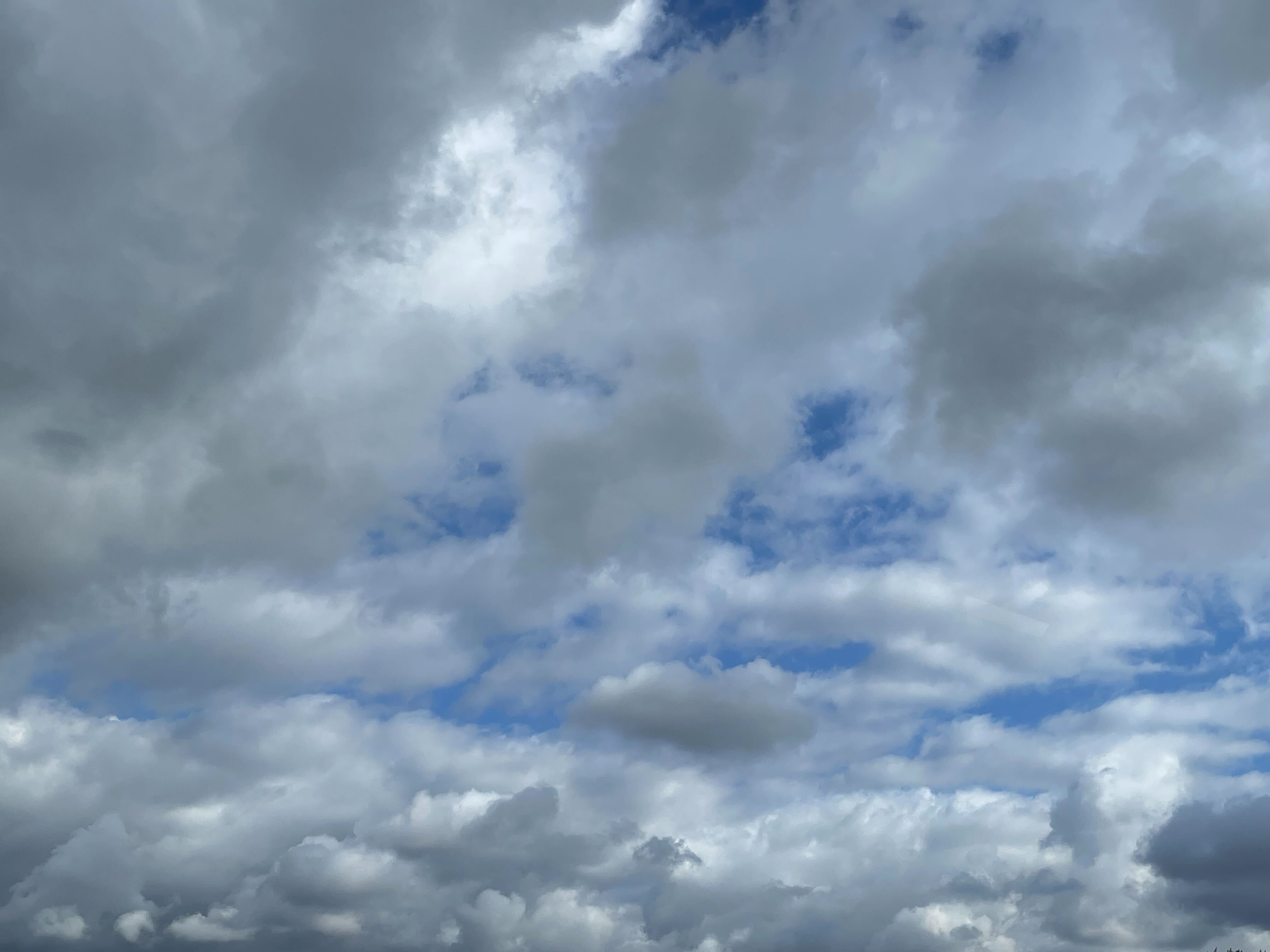San Diego police, so far, are encouraged by the improved response times they’re seeing in the year since the department deployed the ShotSpotter gunfire detection system.
In a series of tweets on SDPD’s Twitter page Wednesday, the department noted that only 23 percent of gunfire “activations” recorded by a network of microphones in a 3.6 square mile area were called in to the dispatch center.
But because of ShotSpotter, according to Chief Shelley Zimmerman, response times to emergency gunshot calls averaged two 2.5 minutes faster due to ShotSpotter’s earlier notifications.
In the past year, police say there were only two gun homicides in ShotSpotter’s coverage areas – four unspecified neighborhoods in southeastern San Diego – versus an average of more than four per year in the previous four years.
The system deploys up to 20 acoustic sensors per square mile to detect and triangulate gunshots to a close proximity.
The city is leasing it under a one-year agreement for $245,000 in asset forfeiture funds.
Still, skeptics have their doubts about the system.
Local
San Antonio has canceled its contract on grounds that ShotSpotter is not cost-effective.
And here in San Diego over a ten-month period, gunshot evidence was found at only 16 percent of the scenes where audio sensors were triggered.
At the very least, say ShotSpotter backers, the system is a resource for police investigations and residents who fear reprisals for reporting gunfire.



